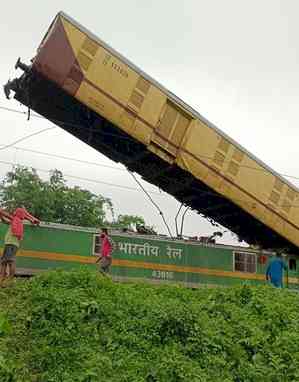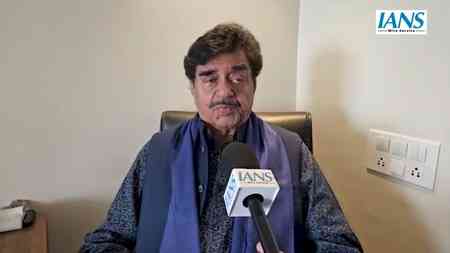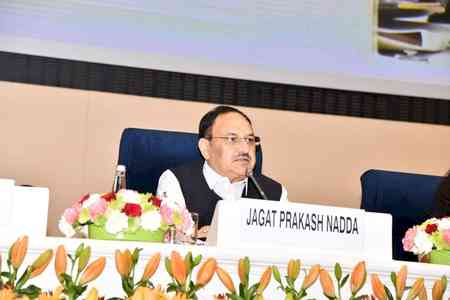Bengal train collision: Preliminary findings suggest combination of human, procedural lapses
Preliminary investigation by a joint observation committee in the Kanchanjunga Express–goods train collision on Monday morning suggests that a combination of two procedural lapses was the reason behind the accident, sources said on Thursday.

Kolkata, June 20 (IANS) Preliminary investigation by a joint observation committee in the Kanchanjunga Express–goods train collision on Monday morning suggests that a combination of two procedural lapses was the reason behind the accident, sources said on Thursday.
Sources said that the first procedural lapse was that the “absolute block system” was not followed in the case of the goods train that had hit Kanchanjunga Express from behind.
The absolute block system (ABS) is followed by railways in case the automatic signalling system is inactive within a particular area between two stations. In that case, a train will not be allowed to leave one station unless the preceding train in the same line (the 'block') leaves or crosses the next station ahead. However, as per a preliminary report, the goods train was given permission to leave the Rangapani station before the Kanchanjunga Express, which was moving in the same line, crossed the next station which was Chatter Hat.
Had the ABS been strictly followed in this case the accident, which has taken 11 lives so far, could have been avoided.
While this was the first procedural lapse, as per the preliminary findings, the next human error was on the part of the loco-pilot (now deceased) of the goods train, where he overshot the prescribed speed limit while crossing a distance where the automatic signalling system is non-functional. As per norms, for the trains passing through such a distance, the speed should never exceed 15 km per hour, to maintain a reasonable distance between the two trains passing on the same line.
Preliminary findings suggest that the collision occurred due to the violation of the speed limit between the Rangapani and Chatter Hat stations.
At the same time, sources said, from the impact of the collision on the last four coaches of Kanchanjunga Express, the last two being the parcel coach and guard’s compartment, it was clear that the speed was well above the prescribed limit of 15 km an hour.


 IANS
IANS 










